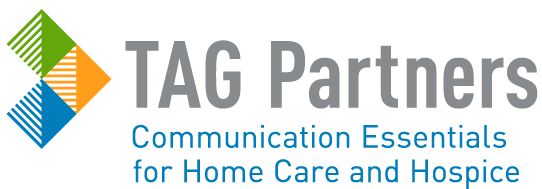Colorectal cancer is the second leading cause of cancer deaths among both men and women in the United States, but only two-thirds of those over the age of 50 have been screened for colorectal cancer. Roughly 22 million people who have a high risk of developing the cancer are not getting screened. Screening helps find precancerous polyps which can be removed before they become cancerous.
Though colonoscopies are the most commonly known form of colorectal cancer screening for people over the age of 50, there are several other methods approved by the American Society of Clinical Oncology:
Tests that can detect both polyps and cancer:
· Flexible sigmoidoscopy (Repeat every 5 years or as recommended by a physician)
· Colonoscopy (Repeat every 10 years)
· DCBE (Double contrast barium enema) (Repeat every 5 years)
· CT colonography or CAT Scan (As recommended by a physician)
Tests that primarily detect cancer:
· Guaiac-based FOBT (Fecal occult blood test) (Annually)
· FIT (Fecal immunochemical test) (Annually)
· Stool DNA test (Recommended by a physician)
Always include cancer care in your home health marketing strategy. Promote the advantages of partnering with home health:
· Enhanced condition management
· Patient and family counseling
· Regular condition assessment
· Home safety and emergency education
· Medication education
· Physical, occupational, and speech therapies
All health care providers should promote wellness and cancer prevention:
· Participate in colorectal cancer awareness events throughout the Month of March: https://www.ccalliance.org/about/awareness-month
· Promote the importance of screening and early detection:
https://www.cdc.gov/cancer/colorectal/sfl/
· Join the Colorectal Alliance Nation of Allies:
https://www.ccalliance.org/get-involved
· Visit oncologists in your service area to educate them about home health cancer care. Present a copy of your Cancer with Chemotherapy or Radiation Therapy patient education guides that help patients better understand and manage their conditions.
Need more help? Check us out at TAGWebstore.com for your home health and Hospice Marketing and Educational print media.
Resources: https://www.cancer.net/cancer-types/colorectal-cancer/screening , https://www.fascrs.org/colorectal-cancer-awareness-materials, https://fightcolorectalcancer.org/join-fight/raise-awareness/



